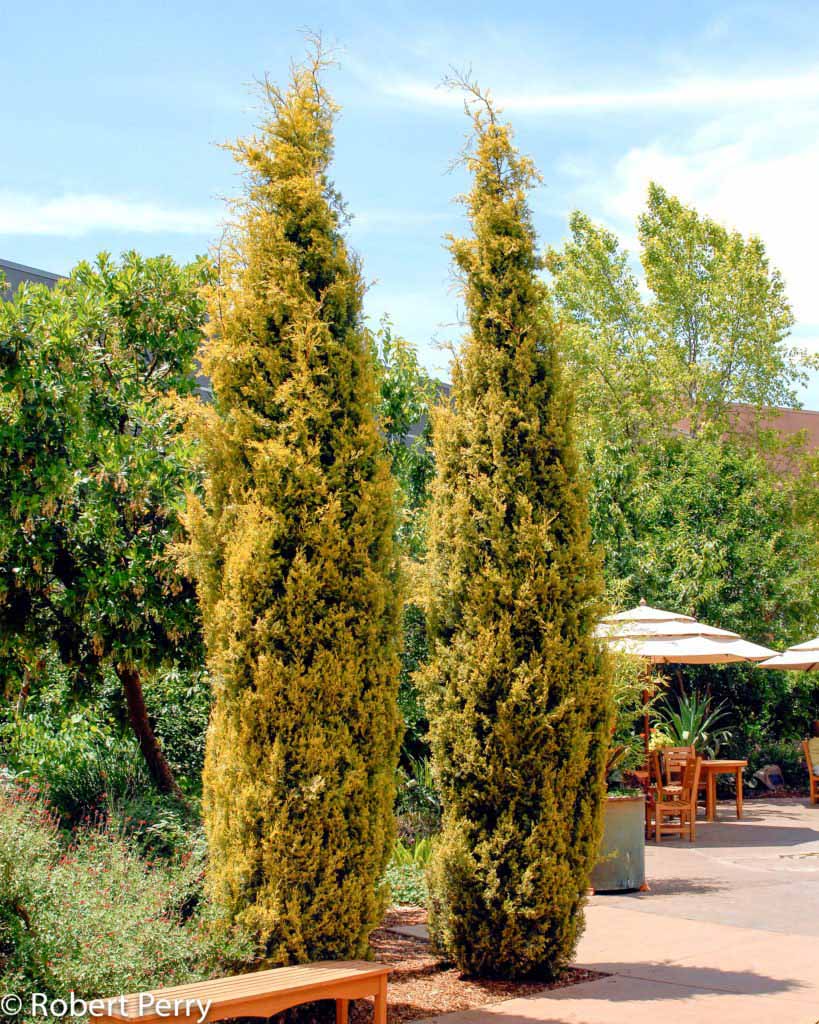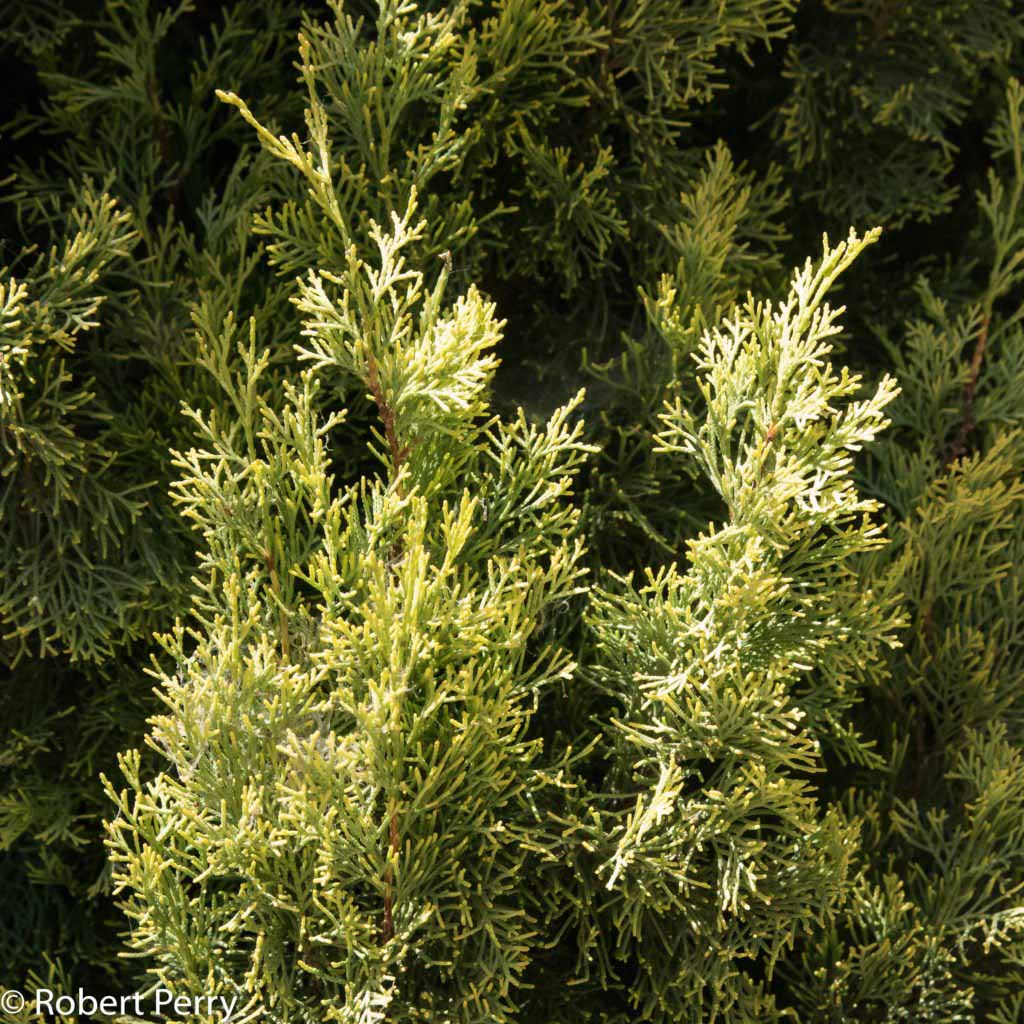Please note:
For most situations, we would not recommend installing this plant in new gardens, landscapes, or plantings in southern California.
Our favorite, tall and narrow tree to recommend instead of Italian cypress for most situations is Catalina cherry.
This plant profile is included in this site as a reference for two primary reasons:
- If you already have this plant in your landscape, this information can be used to know how to care for it.
- If you already have this plant in your landscape, you can use this information to learn which of our recommended plants have the same recommended watering needs, making them potential choices for grouping together if you will be adding new plants to the existing area.
In general, instead of this plant, we recommend planting appropriate California native plants whenever possible.
In addition to their beauty, California native plants offer the most additional benefits beyond just low water use, including habitat for the birds, butterflies, and pollinators who evolved here with them. This adds value and beauty in your landscape beyond just a pretty plant, allowing the landscape to actively contribute to the environment instead of just using less water. You can find our top recommended native plant choices on our Plant Finder by selecting “California Native” and learn more about California native plants here.
To learn what exactly California native plants are and how they are different from other low water plants, visit this link.
For visual interest or other reasons, some people may also want to mix in other non-native low-water demanding plant choices even though they do not have the same ecological value as native plants. For that reason, we feature a number of non-native waterwise selections on this site as well. However, we see native plants as the best “go to” for most landscape or garden choices! We encourage people to consider planting at least 50% of their landscape to native plants. See our Garden Designs section or visit our Waterwise Demonstration Garden in Montclair for plenty of inspiration.
————————————————————————————————————————————————
Avoid planting this tree if you are in an are of wildfire concern. While certain evergreen species appropriately spaced from the house can help prevent embers from traveling deeper into your property, Italian cypress has a reputation for combusting.
Mature tree often grow 40-60 ft. tall. Scale-like foliage is deep green; persistent bark is rough and medium to dark brown. Hard brown fruit grow to 1 in. dia. and persist in clusters for many months.
Italian cypress grows well in a variety of soil types, including clayey and calcareous. It grows faster with moderate amounts of moisture, but can withstand drier conditions as it matures. Several cultivated selections exist in the trade including: C. s. ‘Stricta’ grows with a very narrow circumference; C. s. ‘Glauca’ has rich blue-green foliage; and C. s. ‘Swanes Golden’ is a cultivar with bright yellow new growth and can reach 20-22 ft. tall.







